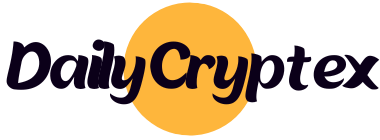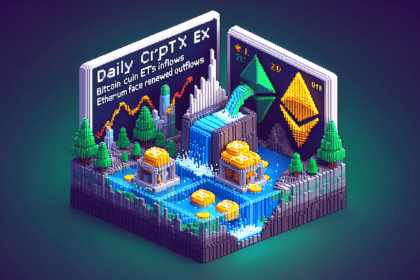Tether’s USDT stablecoin’s market share on centralized exchanges has decreased from 82% to 74% this year. This decline highlights growing competition and potential regulatory challenges facing Tether.
EU Regulations and New Competitors
Tether (USDT) remains the most widely used stablecoin, with a market capitalization of over $100 billion. Its popularity stems from its ability to provide a stable, fiat-backed digital currency that facilitates trading across the cryptocurrency ecosystem.
The Kaiko Analytics report notes that Tether’s market share decline comes as the European Union prepares to implement the new Markets in Crypto-Assets (MiCA) regulation. MiCA will restrict the sale of stablecoins to EU investors, potentially leading exchanges like Kraken to review their support for USDT.
Tether’s CEO Paolo Ardoino has expressed concerns about MiCA’s requirements and stated that the company has no plans to be regulated under the new rules in the medium term.
This regulatory uncertainty could further erode Tether’s market share as exchanges and users seek alternative stablecoins that align better with emerging regulatory frameworks. The stablecoin market is diversifying as prominent alternatives like Circle’s USDC gain traction.
Tether to Suspend USDT Redemptions
Tether announced plans to suspend USDT redemptions on several blockchain networks starting July 11. The company aims to ensure the long-term sustainability of the USDT ecosystem.
Support for USDT on multiple networks will be gradually phased out over the coming months. Specific timelines for each network will be provided separately to facilitate a smooth transition for users.
This strategic move is part of Tether’s effort to streamline operations and focus on the most widely adopted blockchain networks. By halting USDT redemptions on less active networks, Tether aims to improve the overall user experience and maintain the stability of the USDT peg.
In other news, DWS, a leading European investment firm, has established a new entity to launch Germany’s first cryptocurrency under national regulation. The firm aims to introduce a euro-based stablecoin compliant with Germany’s financial watchdog, BaFin, by 2025.
Moreover, Tron (TRX) founder Justin Sun has revealed plans to introduce a fee-free stablecoin, which, if successfully implemented, could revolutionize the stablecoin market.
The stablecoin market continues to evolve, with significant contributions from companies like Coinbase and Circle. Coinbase relies on stablecoin revenue, while Circle’s recent approval to operate in Europe marks an important step towards establishing itself as a global standard in the industry.










